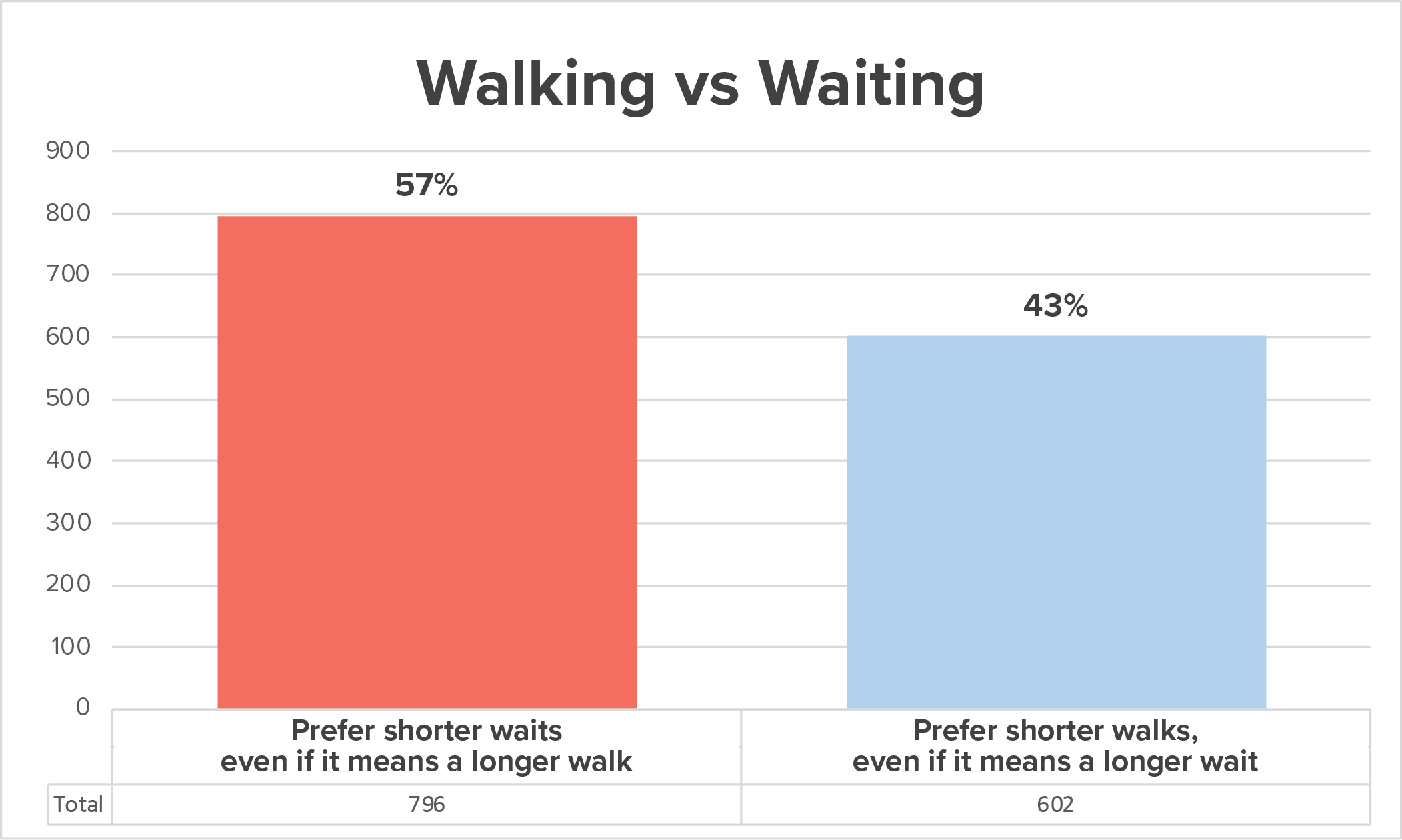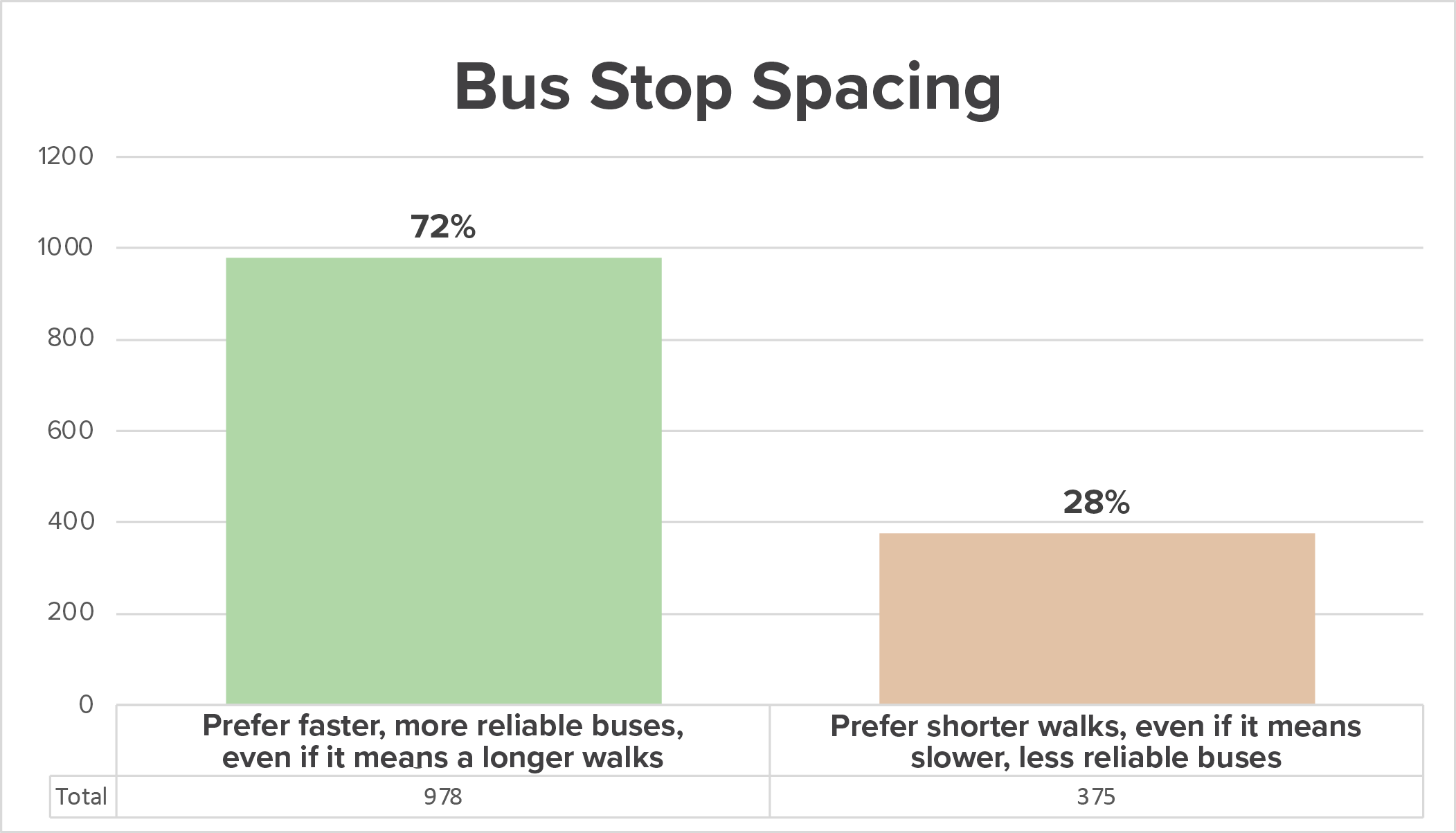Engagement
We are now in the Draft Network engagement phase, and we want your input!
Click here to take the Survey!
Para tomar la encuesta en español, ¡haga clic aquí!
Click here to see the public meeting schedule and other ways to connect.
In April, we had the first engagement phase where we ask the public about their preference between to Concepts. We received 1,378 Survey Responses.
How did we engage the community?
Throughout April, we:
- Presented to the DART Commission, stakeholders, and elected officials
- Presented to each member community city council
- Held eight public meetings
- Held tabling events at DART Central Station
- Partnered with non-profits to help collect surveys
- Promoted on social media
- Provided materials in English, Spanish, Swahili, and Arabic
The input we collected has been shared with DART’s governing board, the DART Commission, and will inform the decisions it makes about how DART allocates its funding to providing bus service. The public will have a chance to view a draft transit network and give input by late summer.
Ridership vs Coverage
How we design a transit network depends on our goal. If our goal is to get lots of people to ride the bus (high ridership), we would run frequent service where there are lots of people and jobs close together. If our goal is to reach as many places as possible (high coverage), we would spread out our bus service. We developed two concepts and asked the public what they prefer. To learn more about the concepts click here.
On average, survey respondents expressed a preference towards Ridership.

Walking vs Waiting
Similar to Ridership vs Coverage, there is a trade-off between the time you wait for a bus and the distance you walk to a bus stop. Survey respondents expressed a preference for shorter waits; 57% of respondents said that they prefer a shorter wait, even if it means a longer walk to a bus stop.

Bus Stop Spacing
There is a trade-off between bus stop spacing and bus speeds. The survey asked respondents what they prefer. Respondents expressed a strong prefer¬ence for wider stop spacing; 72% responded that they prefer faster, more reliable bus service even if that means longer walks to bus stops.
